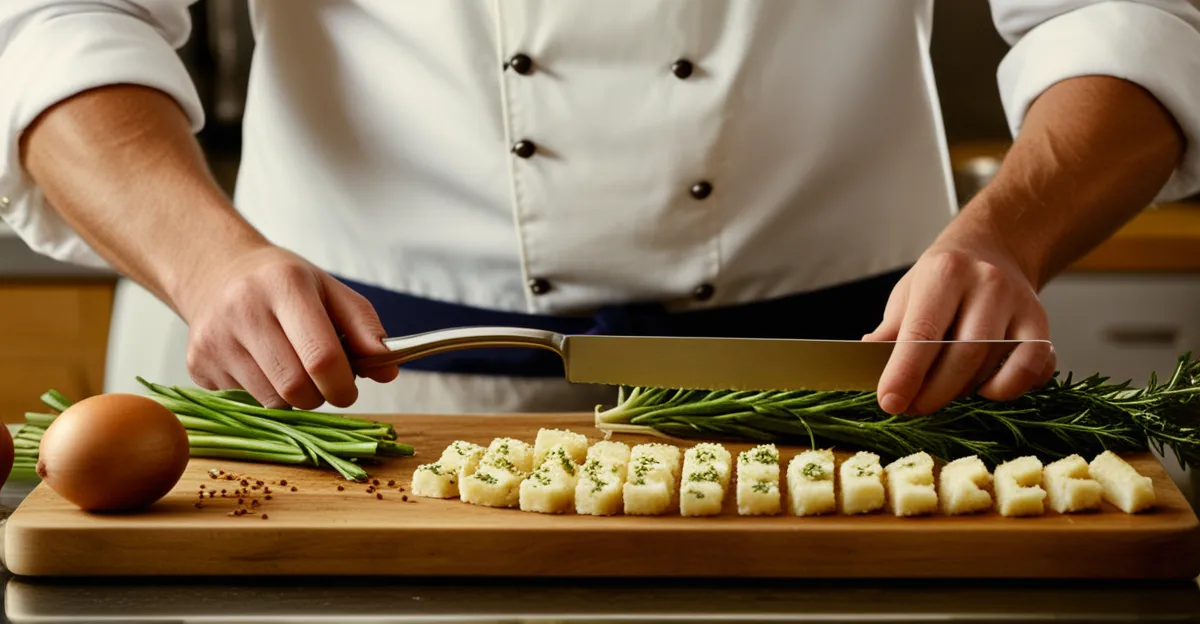Immediate influence of British cooking traditions on modern gastronomy
British cooking has left a distinct imprint on today’s culinary landscape, blending time-honored techniques with evolving tastes. Traditional British food, characterized by its emphasis on hearty, straightforward flavors and quality local ingredients, has found new life in modern culinary trends. Signature dishes like the Sunday roast, fish and chips, and steak and kidney pie continue to inspire chefs and home cooks alike.
These cooking elements have filtered into contemporary menus through reinterpretation and elevation. For instance, classic British roasts are often reimagined using novel plating styles or complemented by international sides. This integration reflects a broader appreciation for British culinary influence that balances tradition with innovation.
Also read : How can you make a mouthwatering bubble and squeak?
Notable chefs have been pivotal in popularizing traditional British techniques. Culinary leaders such as Heston Blumenthal and Jamie Oliver have championed the use of age-old methods like slow roasting, preserving, and bread making, demonstrating how these can be adapted for sophisticated, modern palates. Their focus on accessibility and quality has propelled British food heritage into global awareness, bridging the gap between classic dishes and contemporary culinary expression.
British culinary influence permeates not only restaurant kitchens but also home environments, where seasonal and locally sourced ingredients cultivate a renewed respect for traditional flavors. This dynamic interplay ensures that British cooking traditions remain relevant and influential within modern gastronomy.
Additional reading : How can you create a delicious toad in the hole at home?
Core British culinary traditions and philosophies shaping current food culture
British food heritage remains a cornerstone of today’s evolving culinary scene. Central to this heritage are classic British dishes such as the afternoon tea, Sunday roast, and various comfort foods. These rituals maintain their appeal due to their roots in communal and family-centered dining. For example, the Sunday roast embodies a tradition of gathering around a meal that is both hearty and seasonal, reflecting the values of British home cooking.
Another key aspect of British culinary influence is the deep emphasis on local sourcing and seasonality. This philosophy prioritizes fresh, regional ingredients and aligns closely with current sustainability goals. It encourages chefs and home cooks to adapt menus throughout the year, using what is readily available, which sustains both local producers and culinary traditions.
British culinary philosophies further extend to kitchen innovation and sustainability. They promote respecting ingredients by using whole animals or vegetables, reducing food waste, and showcasing preservation techniques like pickling and curing. These approaches influence many contemporary chefs committed to sustainable gastronomy, blending British food heritage with cutting-edge practices for a more responsible culinary future.
Adaptation of British techniques and dishes in fusion and international cuisine
British culinary influence has expanded beyond its borders through fusion cuisine and culinary innovation. Classic British recipes are reinterpreted globally, blending traditional British food elements with diverse international flavors. This trend reflects modern culinary creativity, where chefs adapt British staples to suit global palates while preserving their distinctive characteristics.
Fusion dishes often combine hallmark British ingredients—such as malt vinegar, suet, or root vegetables—with techniques and spices from Asian, Mediterranean, or American cuisines. For example, fish and chips have been enhanced with unique seasonings or paired with inventive sauces inspired by other cultures. These adaptations offer vibrant new experiences that honor British culinary roots while embracing global food trends.
International food festivals and chef collaborations further showcase British fusion cuisine, illustrating how British cooking traditions influence global dining scenes. These events highlight the versatility and appeal of British dishes transformed through culinary innovation, making British food heritage relevant and exciting in diverse contexts. Through such fusion, traditional British food continues to evolve and thrive on the international stage.
Trends in home cooking and restaurant dining inspired by British tradition
British home cooking has experienced a significant revival, with many households returning to heritage recipes and traditional baking practices. This resurgence is driven by a desire to reconnect with simple, satisfying dishes that evoke a sense of familiarity and comfort. Recipes such as meat pies, suet puddings, and classic puddings are regaining popularity, often prepared using time-honored techniques passed down through generations. This trend reflects a broader movement toward valuing culinary roots and food nostalgia.
In parallel, restaurant dining has embraced British culinary traditions by reviving classic pub fare and emphasizing communal dining experiences. Modern eateries often feature menus inspired by traditional British dishes, including ploughman’s lunches, Scotch eggs, and hearty stews, presented with a contemporary twist. Such concepts foster sociability and celebrate the convivial spirit of British pub culture, aligning with diners’ growing interest in sharing and nostalgic culinary experiences.
British nostalgia profoundly influences menu development and the resurgence of comfort foods, resonating with patrons seeking both familiarity and culinary heritage. This has led to a reintegration of components like root vegetables, rich gravies, and baked goods into restaurant offerings. Chefs and home cooks alike capitalize on this trend by blending tradition with innovation, ensuring British food culture remains vibrant and relevant amid evolving tastes.


Comments are closed